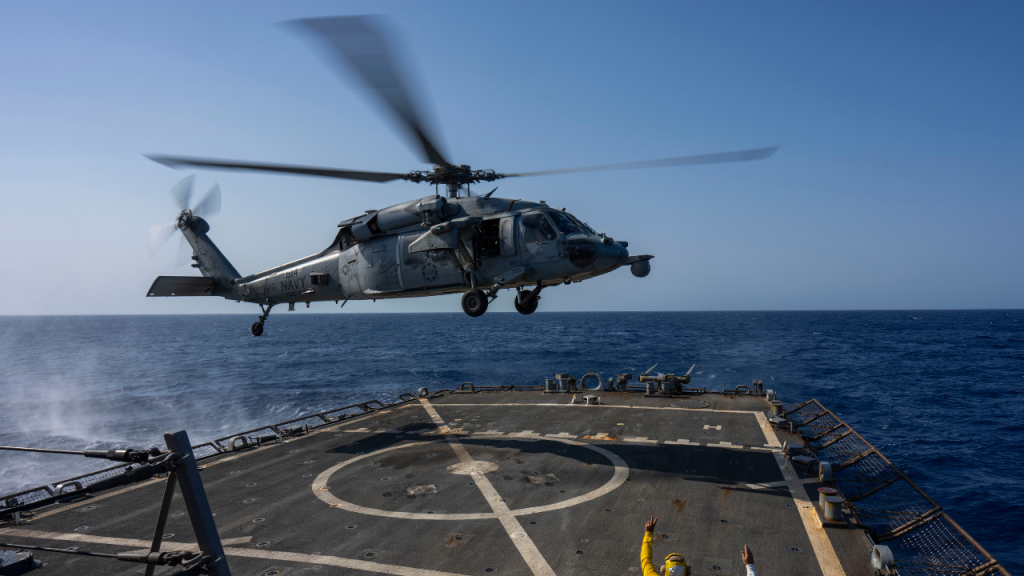The U.S. Navy is currently engaged in intense sea battles with Iran-backed Houthi rebels in Yemen. The combat has escalated with the daily attacks by the Houthis targeting both military and commercial vessels in the Red Sea and Gulf of Aden, impacting shipping volumes crucial for the Suez Canal route. The Navy finds itself in combat with a shadowy group based in Yemen, rather than the global powers it prepared to fight for decades. The ongoing campaign against the Houthis has become the most intense sea battle the Navy has faced since World War II.
The combat pits the Navy’s mission to keep international waterways open against a group armed with a seemingly inexhaustible supply of drones, missiles, and other weaponry. The Houthis have targeted more than 50 vessels in their attacks since November, and the conflict is expected to intensify, putting U.S. sailors, their allies, and commercial vessels at greater risk. The sailors onboard U.S. Navy destroyers have to act swiftly to confirm launches, confer with other ships, and open fire on incoming missile barrages, risking their lives in the process.
The Houthis have claimed that their attacks aim to stop the war in Gaza and support the Palestinians, while they try to strengthen their position in Yemen. The Navy has been engaged in near-daily combat with the Houthis, shooting down drones, anti-ship cruise missiles, and ballistic missiles launched by the rebels. This sustained combat with the Houthis is considered the most intense and prolonged that the U.S. Navy has experienced since World War II, with the potential for substantial damage if the conflict continues to escalate.
The U.S.-led campaign has carried out airstrikes targeting Houthi positions in Yemen, leading to casualties among the rebels. The Houthis, in turn, have shot down U.S. drones with surface-to-air missile systems, showcasing their surface-to-air capabilities despite significant degradation of their systems by the U.S. Navy. Iran has been accused of supporting the Houthis with financial, intelligence, and training support, despite U.N. sanctions blocking weapons transfers to the rebels.
While the Navy has engaged in combat with the Houthis, there is some dissatisfaction among the crew regarding the level of action taken against the rebels. The absence of high-level discussions on the Houthi campaign by the White House, in comparison to negotiations on the Israel-Hamas conflict, may be due to indirect efforts to lower tensions with Iran. Additionally, the Houthis have battled Saudi-led forces to a stalemate in a wider conflict that has resulted in a significant loss of life and humanitarian crisis in Yemen.
Saudi Arabia has been relatively quiet amidst the ongoing conflict, seeking a peace deal with the Houthis. The U.S. carrier presence in the region has been critical, as reports suggest that some Mideast nations have asked the U.S. not to launch attacks on the Houthis from their soil. The continuous attacks by the Houthis have depressed shipping through the region, with revenue from the Suez Canal for Egypt halving since the conflict began. The dangerous and unpredictable nature of the combat in the region has put U.S. sailors and their allies at risk as they navigate the complex geopolitical dynamics of the conflict.


